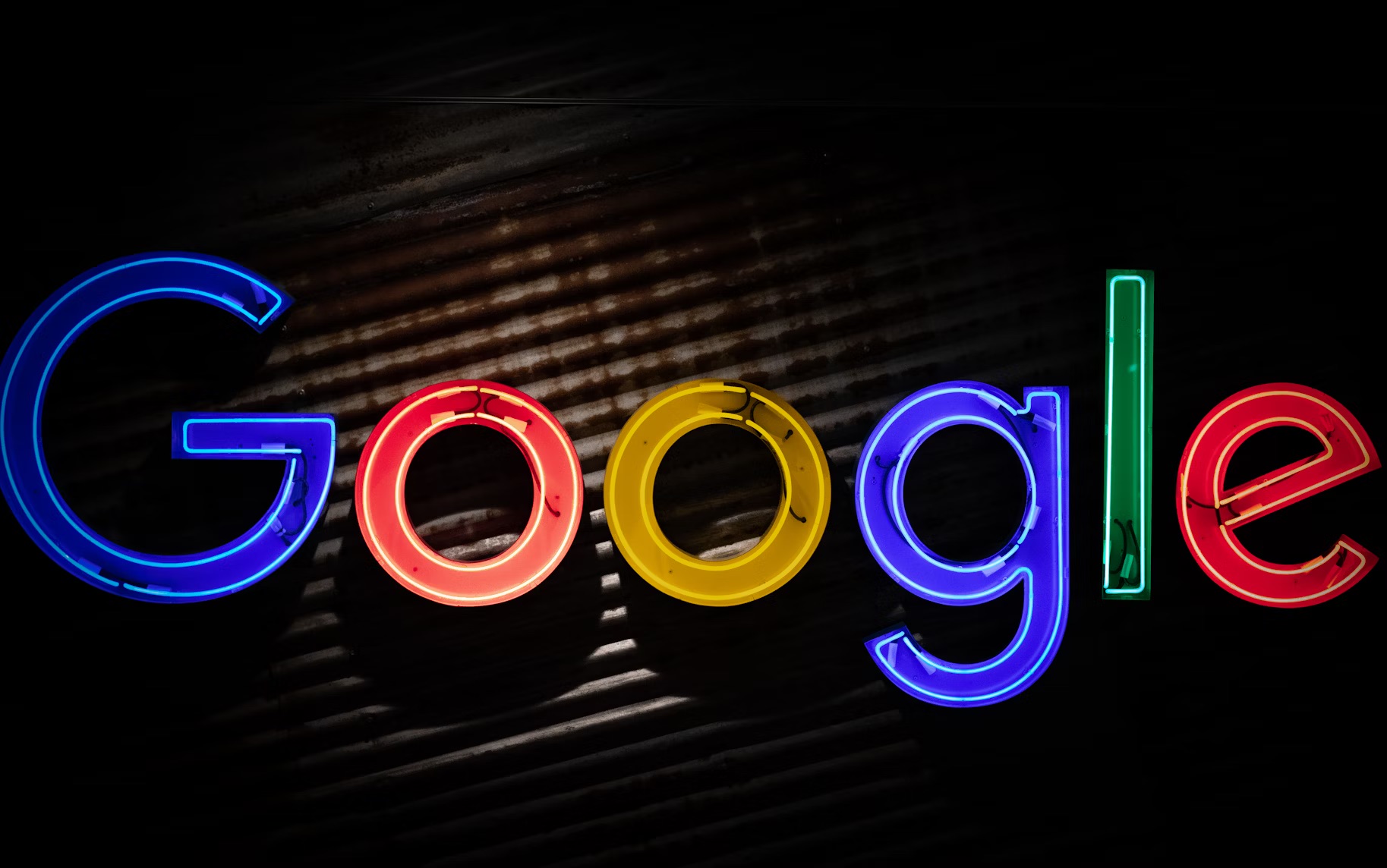
Google is piloting a machine learning-powered system in the U.S. designed to estimate the age of users and adjust content across its products accordingly. The new technology uses signals from Google accounts, such as recent searches and types of videos watched on YouTube, to determine whether a user is under 18.
Measures for Underage Users
If the system identifies a user as underage, Google will send an email explaining how its services will change for them. Adjustments include disabling the timeline feature in Maps, stopping personalized ads, restricting access to adult-themed apps in the Play Store, and limiting age-restricted ad categories.
On YouTube, digital well-being tools like break reminders and “go to bed” notifications will be activated during late-night viewing. Google will also prevent repeated exposure to content that might trigger issues such as body image concerns.
Users who believe they have been mistakenly categorized as underage can appeal the decision by submitting proof of age, such as a government ID or a selfie.
This initiative builds on similar age-restriction measures Google recently rolled out for YouTube. The company noted that it has tested similar age-estimation technology in other markets, with positive results.
Context Within the Industry
Other platforms, including Instagram and Roblox, have also started using AI tools to estimate user age. Lawmakers across various regions are working on regulations to ensure appropriate content is served to minors. In the U.S., multiple states have existing or proposed laws on age gating, while the U.K. has begun enforcing age verification under the Online Safety Act.
Google stated, “Age assurance helps us ensure that adults can access the information and services they need, while also applying the right protections for our younger users. Our approach to age assurance uses a combination of age estimation and, when necessary, age verification.”
What The Author Thinks
AI-driven age estimation offers a promising way to protect younger users in an increasingly digital world, but it must be implemented with transparency and user control. The possibility of false positives or misclassification demands clear appeal processes and safeguards. Moreover, companies should communicate openly about how age data is collected, used, and stored to maintain trust. Striking the right balance between protection and privacy will determine whether such tools truly serve the public good.
Featured image credit: Mitchell Luo via Pexels
For more stories like it, click the +Follow button at the top of this page to follow us.
